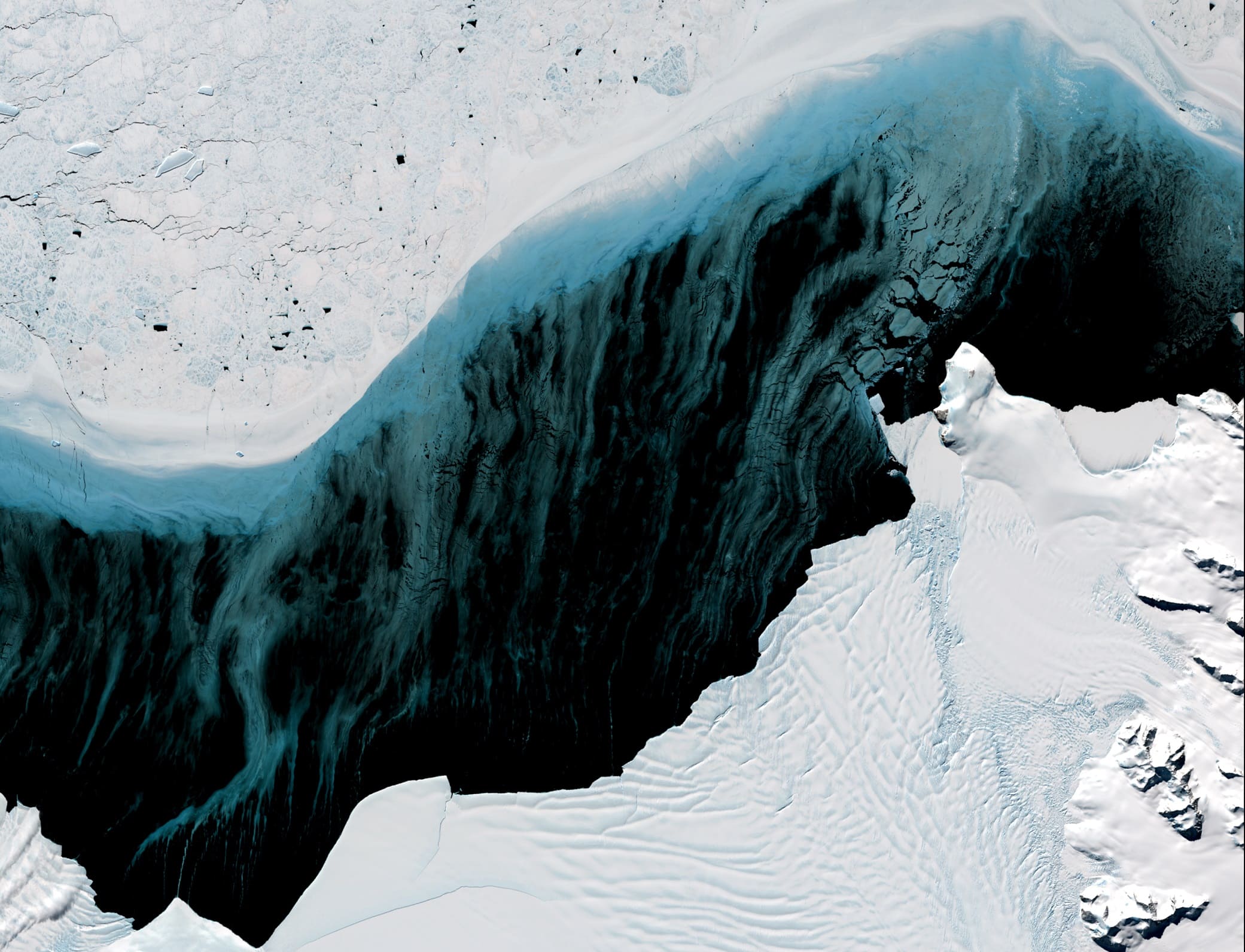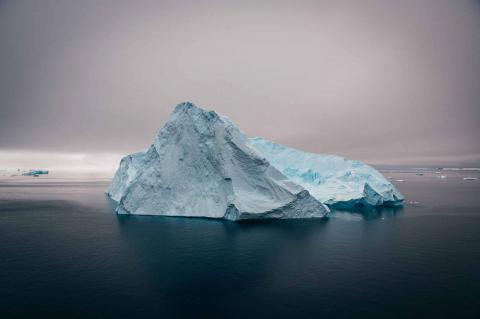Reaction: the Eurasian ice sheet retreated at a faster rate than estimated at the end of the last Ice Age
Research published in Nature shows that the Eurasian ice sheet may have retreated up to 600 metres a day on the Norwegian continental shelf during the last deglaciation at the end of the last Ice Age, around 20,000 years ago. This would indicate that retreat rates in this region may have far exceeded previous estimates and would be much greater than any observed from satellites. According to the authors, the research "is a warning from the past about the rate at which ice sheets are physically capable of retreating".

Francisco Navarro - manto hielo EN
Francisco Navarro
Professor in the Department of Mathematics Applied to ICT at the ETSI de Telecomunicación of the Polytechnic University of Madrid
The study is of very good quality, very much in the style of Nature (at least in Earth science). One of its most interesting features is that it presents evidence of grounding line retreats of ice sheets during the last deglaciation of the Scandinavian ice sheet between 50 and 600 m/day, much larger than those observed so far in the marine geological record and satellite records (the latter restricted to the last 50 years). He then points out that a recent study (by Milillo et al. (2022) in Nature Geoscience) has very recently reported recent retreat rates in the order of 35 m/day for certain glaciers (Pope, Smith, Kohler) in Amundsen Sea Bay, Antarctica. These periods of rapid retreat last for days to months.
Anchor line retreat rates of such magnitude, on a sustained basis, would imply a discharge of ice to the ocean from the Antarctic ice sheet (particularly in West Antarctica) of large proportions, with sea level rise in excess of the values predicted as likely in IPCC reports. A key question is the frequency (or recurrence) of such periods of rapid retreat (since their duration is very short, on glaciation/deglaciation timescales). While they appear to have been sustained (in time) in the Scandinavian ice sheet they analyse (given the abundance of elongated, parallel-to-each-other protrusions observed on the ocean floor), the question is whether they would be sustained in the Antarctic case, where there are also some observations of such elongated protrusions.
Another important novelty is that the implication of rapid retreat is for glaciers with very small, almost flat bed slopes (slopes between -0.5 and +0.5 degrees), whereas until now the fastest retreats were attributed to steeply sloping, retrograde beds (deeper into the interior of the continent). Nearly flat slopes also appear to be present in the Amundsen Sea Bay area.
In terms of constraints to consider, the main concern should be whether such accelerated retreats are feasible in the West Antarctic area (in particular, in Amundsen Sea Bay), whether they have occurred in the past, and whether they could be repeated in the perhaps near future. The problem is that advancing glaciers remove (by erosion) these protrusions, so in the Antarctic case one would have to concentrate on areas where the anchor line has retreated since the last glacial maximum, but many of these are covered by ice shelves.
On the other hand, it is curious that certain glaciers are considered in one way or another as "convenient" to make the case more striking. For example, for the glaciers of the Amundsen Sea Bay (Pine Island, Thwaites and the aforementioned Pope, Smith and Kohler), until now emphasis has been placed on how their steep retrograde slopes could influence their instability and accelerated retreat, and now, however, the smoothness of their slopes (at least in certain areas) is emphasised because this is what favours their accelerated retreat through the mechanism now proposed.
It is important that this type of accelerated retreat mechanism be incorporated into models of glacial evolution, since until now the rapid retreat mechanisms that were able to be reproduced were those associated with retrograde slopes, which were sustained over a long period of time (i.e. current models of the Antarctic ice sheet do not reproduce these rapid pulsations, between days and months, associated with almost flat beds and which generate the protuberances described in the article).
Christine L. Batchelor et al.
- Research article
- Peer reviewed



